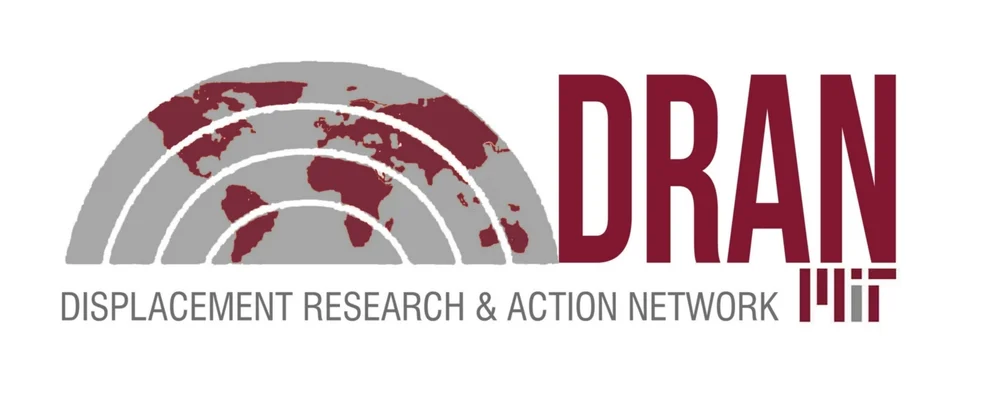Displacement: the Dark Underbelly of Development
May 23rd, 2014
Balakrishnan Rajagopal
According to the most recent reports of the Internal Displacement Monitoring Centre (IDMC) in Geneva, 33.3 million people are now internally displaced by violent conflict, while 143.9 million people have been displaced by disasters between 2008 and 2012. These are shocking figures behind which lie a vast and numbing canvass of human misery and survival on the edge of the abyss. But the figures don’t tell us about an even larger number of people who are displaced by development, through projects, foreign investment including in land deals, mega events such as Olympics, urban renewal and redevelopment, and everyday market-based evictions. A conservative estimate by ESCR-Net, a global advocacy group, of those who are displaced by development during the last decade, stands at 15 million per year. Given that many more who were displaced in the past years remain to be resettled, the actual numbers of development-related displacement could be 250 million or more.
This reality is unacceptable and must be changed. Among development experts and practitioners, there is little acknowledgement that development has this dark side, of displacement and increase in poverty and human rights violations. Planners typically ignore ethical and political considerations and remain far removed from the world of human rights and humanitarian standards and practitioners. Human rights experts assume that new standards are enough to change practices, often due to their legal-centrism, while humanitarians lack a real understanding of development, disasters or planning. This mutual and partial incomprehensibility is one of the reasons why I believe that we all have a lot to gain from this blog. By bringing experts, academics, and practitioners from diverse fields to inform us about the emerging trends in their fields, while allowing for debate, I hope we will all gain by improving our knowledge and practice. To begin with, we can start by asking questions such as the following.
Who are the displaced people? Why is it so hard to get data on them (especially those displaced by development)? Can new mapping and data gathering technologies improve our knowledge? If they are racial, ethnic, religious or other minorities, do we know why they and not everyone else gets displaced more? What are our moral and legal obligations towards the displaced? Or towards others who are at the risk of displacement? Is displacement sometimes justified? If so, under what circumstances and under what conditions? What should governments, NGOs and international organizations do about the displaced people? Is there a duty to assist and if so, does it extend to a ‘responsibility to protect’? What are the causes and drivers of displacement? Is displacement an unfortunate but necessary by-product of development, conflict or disaster? Or could it be anticipated, planned for and even mitigated or prevented? When displaced people end up moving, where do they go and what happens to them? If they are poor (as they invariably are), do they become worse off? Do they create ethnic, religious or other conflicts with the host communities, which receive these migrants? What have UN mechanisms, experts, and agencies, national and local governments, and courts done to develop standards and rules governing how displaced people must be treated and how displacement must be avoided? How effective are these mechanisms, rules and standards in mitigating displacement and addressing the conditions of the displaced?
These are not the only relevant questions that will be asked. But these are some questions which I have tried to grapple with and would like some answers to! I believe for example, that one of the drivers of displacement in today’s world is global commodification of property relations in land. As markets for land – and food and water – have overheated due to footloose finance capital, and an increasingly urban capitalism, the poor have found themselves moved around like pieces on a chess board. As Phil McMichael argued in his paper at our February symposium on “Property From Below”, what’s happening now is the “deployment of markets as mechanisms of control over (largely) common property resources to reorganize the world in a quest for security, displacing risk on to vulnerable populations and ultimately risking earth’s survival”. This is an extraordinary phase in the history of global capitalism and land relations. There is a need to examine it and contain its devastating consequences.
What’s being done in response to displacement is a mix of new laws and standards, and self-organizing efforts of the displaced themselves to provide better housing and economic development for themselves. There is not much else. There is a real absence of policy and practice, at the level of humanitarian and development community, of what are sometimes called ‘durable solutions’ to displacement. In a future post, I will write about the development community’s weak response to displacement.
